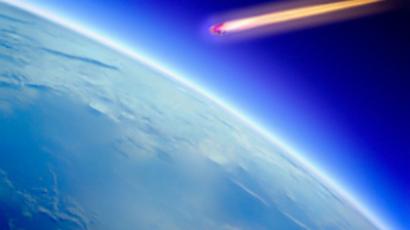Comet Elenin: Cosmic 'near miss'

The “Doomsday Comet” Elenin will make its closest approach to Earth on Sunday, when it is expected to come to within 22 million miles of our planet – an event widely feared.
At the same time, astronomers say it poses little threat to our planet. In August, the comet started disintegrating when it was blasted by a powerful solar storm, and today it will reach its closest point to Earth in the form of debris."Folks are having trouble finding it, so I think it's probably dead and gone," Space.com reported astronomer Don Yeomans of NASA’s Near-Earth Object Program Office as saying. For this reason, scientists say, it is unlikely to present much of a sky-watching spectacle on Sunday.Previous speculation about the comet suggested that Elenin posed a major threat to our planet and was capable of triggering such natural disasters as earthquakes and tsunamis. Another insisted that it was not a comet at all, but a rogue planet, Nibiru, that would destroy the Earth.However, scientists assure all of those ideas are pure nonsense: "Elenin was a second-rate, wimpy little comet that never should have been noted for anything, really," Yeomans said.Comet Elenin was named after Russian amateur astronomer Leonid Elenin, who spotted it in December 2010. Before the comet disintegrated, its nucleus measured three to five kilometers in diameter.













